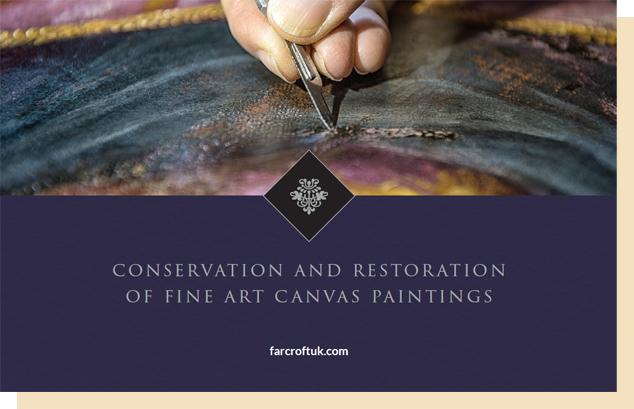
Standards For Frame Restoration
Several considerations regarding replacing or restoring the frame around a piece of art should be discussed with a frame restoration specialist prior to any work being done. The value of an artwork depends not just on the work itself, but the condition – and for many works of art, mounting and framing can either protect a piece of art, or damage it with substandard materials and methods.
If a piece of art has value outside of the affection with which we regard art we love, the frame can be a part of the value. Especially in the case of a frame which was made by the artist, or chosen by the artist specifically for the piece, changing it out might affect the value. For a frame that is not original, or that has been damaged or is affecting the art, restoration and replacement may be necessary. There are many techniques and tools that preservationists can use to bring a damaged frame back to life.
Materials that are used in matting and framing have become significantly more archival in the last twenty years. Especially with works of art on paper, new mat boards, mounting boards, and archival glass, as well as standards such as the distance from the paper to the glass, are available to ensure longevity and value. Any works of art on paper that have mounting boards and mats that were framed earlier than 1980 should be assessed and replaced with archival materials.
Frames can be formal or casual, but they should always reflect the mood and style of the art. In addition, consideration should be given to the wall behind the artwork. The wall may be covered with wallpaper, wooden panelling, or other colours or textures that may clash with the frame.
The style of painting wooden frames in colours that match or contrast with the artwork is fairly new. Traditional framing was wood, and carved to run the style spectrum from casual to formal to grand. The only colours were occasional use of linen in casual frames, natural wood stain colours in formal frames, and gold and silver gilding in grand frames.
The type of carving can reflect the period and style of the artwork, but frames should never clash with, or attempt to overshadow, a work of art. Even miniatures, with large, ornately carved frames, are designed to narrow the focus of the viewer to the painting. If a first glance at a piece of art causes the frame to draw the eye, there might be a mismatch between frame and art.
We would be pleased to discuss your needs for mounting and framing artwork, or restoration of an antique frame. Please contact us for questions, or to make an appointment.


 For additional information about fine art conservation and restoration read our ebook where we look into further science and art of conserving the artwork of history.
For additional information about fine art conservation and restoration read our ebook where we look into further science and art of conserving the artwork of history.
